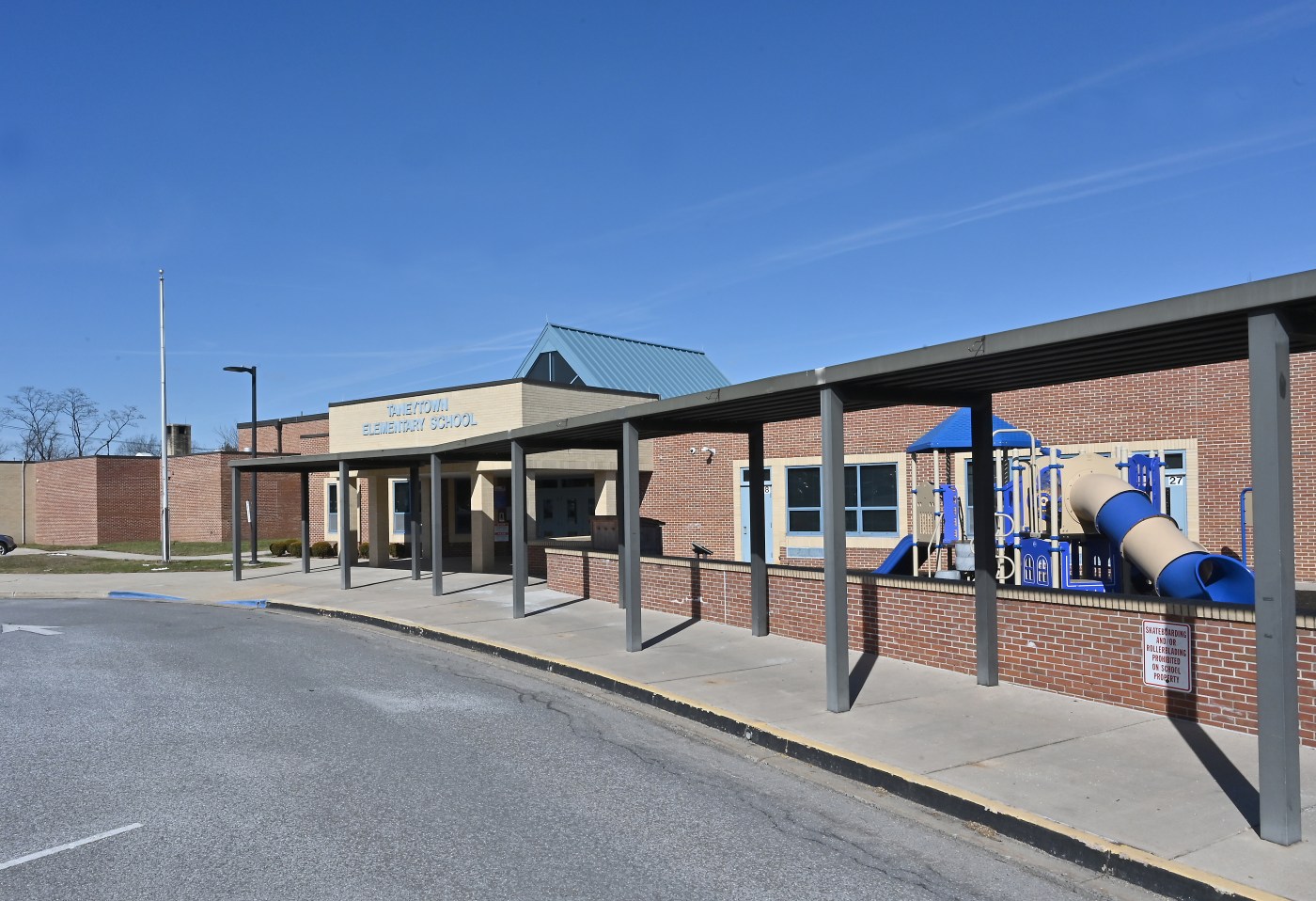
[Baltimore Sun] Taneytown Elementary eligible to receive poverty funding under Blueprint program
Taneytown Elementary School and Crossroads Middle School have been designated “community schools,” based on the concentration of attending students living in poverty. This will allow the schools to receive more Blueprint for Maryland’s Future-prescribed resources to support students at each school, Carroll County’s Blueprint coordinator Jon O’Neal told school board members last week.
“When a school is identified as [a] concentration of poverty school, you begin a process to eventually provide wraparound services at that school, for the students in that school community,” O’Neal said. “This could be medical services, mental health services, or those sorts of related social services.”
The Blueprint for Maryland’s Future is education reform set to inject billions of dollars into the state’s public schools. Enacted in 2020, the plan is designed to reform Maryland’s early childhood, elementary and secondary schools so every student – regardless of geography, household income, race, ethnicity, gender, language spoken at home, special needs or other characteristics – will graduate and be ready to enter the workforce or higher education.
Taneytown Elementary is much more likely than Crossroads Middle to remain a community school in coming years, O’Neal said. Crossroads is an alternative school, designed to serve students temporarily.
Eligible schools in their first year designated a community school receive a personnel grant from the state to fund the hiring of a community school coordinator. The coordinator is responsible for conducting a needs assessment to ascertain which services would be most beneficial to the school community. During a school’s second year of eligibility, additional services are funded by a state per-pupil grant, O’Neal said.
Eligibility is based on a school’s three-year concentration-of-poverty average, beginning the year a school is deemed eligible. A school that becomes ineligible can receive the personnel grant for two school years after the school loses eligibility, but may not receive the per-pupil grant, according to Maryland law.
“Taneytown seems like one of our more ideal locations to have a community school,” O’Neal said. “There’s a lot of students who live very nearby who walk. It’s just a concern that should the demographic go slightly down in a given year, you might lose eligibility.”
Taneytown Elementary narrowly qualified for eligibility, O’Neal said. For fiscal 2024, a 60% concentration of poverty was required to be designated a community school. The school reported a 59.7% concentration, which rounds up to 60%.
The minimum concentration of poverty needed for a school to be eligible to receive the personnel grant, however, will be lowered to 55% next year, where it will remain. O’Neal said this likely will allow the Taneytown Elementary to retain community school designation. The threshold has decreased by 5% for each school year since it began in 2020, when a school with a concentration of poverty of at least 80% was eligible for the grant.
To receive the per-pupil grant this year, a school must have a concentration of poverty of at least 70%. That threshold also will fall by 5% each year until it declines to 55% in fiscal 2027, where it will remain.
O’Neal said the percentage of students receiving free meals determines a school’s concentration of poverty status.
“We previously have have not had schools that qualified under the state standard,” O’Neal said, “and we do now.”
Only Crossroads Middle School was eligible for concentration of poverty funding last year. It received over $270,000 in-state grant funding, according to the approved fiscal 2024 budget.
The school, however, reported a 46.7% concentration of poverty this year, which O’Neal said means it likely will lose community school status while Assistant Superintendent of Instruction Nicholas Shockney is in the process of building and implementing the program. The school system considered not accepting the grant available to Crossroads Middle last year.
“If we have a concern here – because overall these are these are great services to provide students – it is that our schools are barely meeting that threshold,” O’Neal said. “There’s a likelihood that they may phase out, so you’re building the program and building services that then you have to lose, or have to lose or figure out how to sustain locally.”
